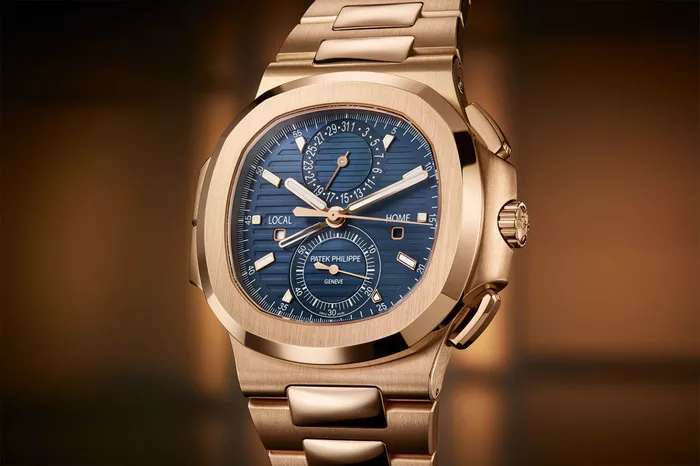Patek Philippe is renowned for its luxury timepieces, each crafted with exceptional attention to detail. Understanding the annual production numbers of Patek Philippe watches reveals much about the brand’s exclusivity and commitment to quality. This article provides an in-depth analysis of Patek Philippe’s annual production, breaking down the factors that influence these numbers and the implications for collectors and enthusiasts.
The Legacy of Patek Philippe
Patek Philippe, established in 1839, is one of the most prestigious Swiss watch manufacturers. The brand is known for its exceptional craftsmanship, intricate complications, and limited production, which contributes to its exclusivity and desirability.
Annual Production Overview
Historical Production Numbers
Historically, Patek Philippe has maintained a relatively low production rate compared to other luxury watch brands. The company is renowned for its focus on quality over quantity. In the past, annual production has been estimated to be between 50,000 and 60,000 watches.
Current Production Estimates
As of recent estimates, Patek Philippe produces approximately 60,000 to 70,000 watches annually. This figure can vary slightly depending on market demand and the introduction of new models.
Factors Influencing Production Numbers
1. Craftsmanship and Quality
Each Patek Philippe watch is meticulously crafted, requiring significant time and expertise. The brand emphasizes quality and precision, which limits the number of watches that can be produced each year. Skilled artisans and watchmakers are involved in every stage of production, from design to assembly.
2. Complexity of Models
Patek Philippe is known for its complex timepieces, including chronographs, perpetual calendars, and minute repeaters. The production of these intricate models is more time-consuming compared to simpler designs. The complexity of the watch contributes to the overall production numbers.
3. Market Demand
The demand for Patek Philippe watches can influence production numbers. While the brand aims to meet market demand, it also carefully manages production to maintain exclusivity. High demand often leads to waiting lists and increased desirability.
4. Limited Editions and Special Releases
Patek Philippe occasionally releases limited edition and special models, which can affect overall production numbers. These limited releases are often highly sought after and contribute to the brand’s allure.
See Also: Are Patek Philippe Watches A Good Investment
The Impact of Production Numbers
1. Exclusivity
The relatively low annual production ensures that Patek Philippe watches remain exclusive. Collectors and enthusiasts value the rarity of these timepieces, which contributes to their high market value and desirability.
2. Value Retention
The limited production plays a crucial role in maintaining the value of Patek Philippe watches. As the number of available watches is limited, the brand’s timepieces often appreciate in value over time, making them a worthwhile investment for collectors.
3. Waitlists and Availability
Due to the limited production, Patek Philippe watches often have long waitlists. Prospective buyers may need to wait months or even years to acquire a particular model. This scarcity enhances the brand’s prestige and adds to the excitement of ownership.
Comparing Patek Philippe to Other Luxury Brands
1. Rolex
Rolex, another prestigious Swiss watchmaker, has a much higher annual production rate, estimated at around 1 million watches per year. While Rolex focuses on high-volume production, Patek Philippe maintains a more exclusive approach.
2. Audemars Piguet
Audemars Piguet, known for its Royal Oak series, also produces a higher volume of watches compared to Patek Philippe. Their annual production is estimated to be between 40,000 and 50,000 watches, slightly below Patek Philippe’s current figures but still significant.
The Future of Patek Philippe’s Production
1. Technological Advancements
Advancements in technology and manufacturing processes may influence future production numbers. While maintaining quality remains a priority, innovations in production methods could potentially increase output without compromising craftsmanship.
2. Market Trends
Shifts in market trends and consumer preferences may also impact production numbers. Patek Philippe may adjust its production strategy based on evolving demand and market conditions.
Conclusion
Patek Philippe’s annual production numbers reflect the brand’s commitment to quality, exclusivity, and craftsmanship. With an estimated production of 60,000 to 70,000 watches per year, Patek Philippe remains a symbol of luxury and refinement in the watchmaking world. The brand’s focus on intricate design, limited editions, and market demand ensures that each timepiece is a rare and coveted treasure.

